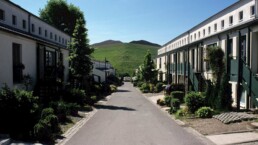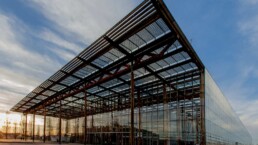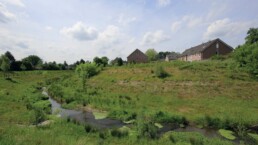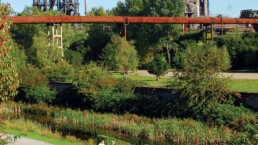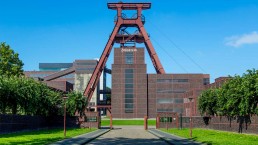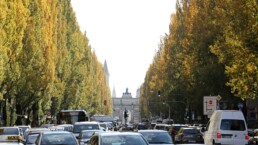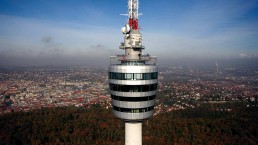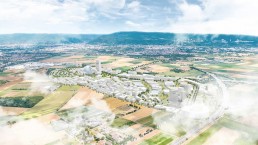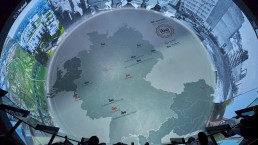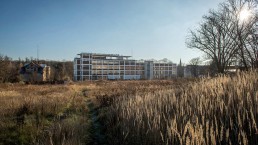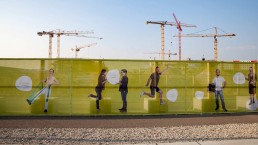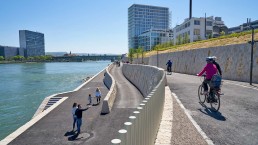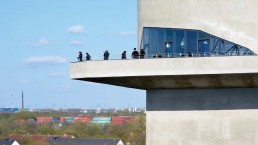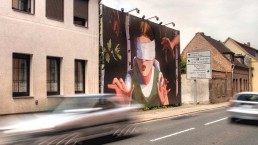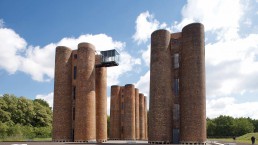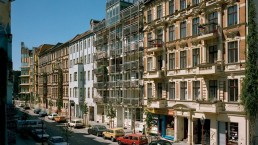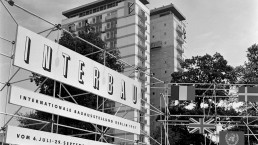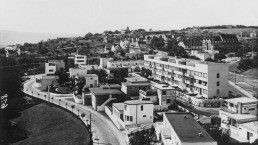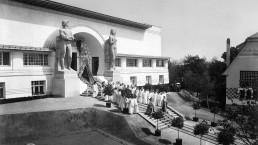IBA Emscher Park
Future for an Industrial Region
The International Building Exhibition Emscher Park began in 1989 with the aim of giving the central Ruhr area impulses for a conceptual structural change, responding to the industrial decline of the region. Landscape planning and urban development projects covering over 800 square kilometres were implemented for the ecological, economic and cultural renewal of the former industrial region. Headed by Prof. Karl Ganser, IBAIBA Internationale Bauausstellung Emscher Park was characterised by the establishment of new planning structures and a regional approach that went far beyond mere housing and urban living. For the first time in the history of the building exhibitions, landscape design and architecture came to the fore in particular to establish a regional identity.
17 cities, numerous initiatives and project partners jointly implemented 117 projects with the objective of future-proofing a traditional industrial region. This was about more than just clearing, refurbishment or repair. By creating a (new) sense of identity, the IBA made a special contribution to a concious restructuring of the region in the midst of a fundamental structural change. The IBA projects were grouped under six central guiding topics: Working in the park, new buildings and modernising housing estates, ecological renewal of the Emscher system, promotion of urban development and social stimuli for urban development as well as the establishment of a regional park structure. Thus the so-called Emscher Landschaftspark (landscape park) was created where industrial use had previously shaped the habitat of the central Ruhr area for more than 150 years. This was a special situation for an urban agglomeration with more than 2.3 million inhabitants, which took a period of 10 years.
The establishment and connection of the Emscher Landschaftspark was an absolute novelty: Industrial wastelands were declared nature reserves, leftover industrial land was taken as an opportunity to create a new landscape, and heaps became landmarks. The result was an industrial landscape that called for new forms of landscape planning and landscape architecture. The goal was to promote a wholesale change in the approach to used space. Opening and using spaces positively created an industrial nature, and the industrial ensemble previously branded as structural emblems of industrial decline, became unique and identity-defining buildings that are now landmarks of the urban landscape Ruhrgebiet.
Worldwide, IBA Emscher Park provided guidelines for a new approach to former industrial regions and sites. In North Rhine-Westphalia, it launched subsequent structural programmes and cultural projects, the “REGIONALE”, and the European Cultural Capital “RUHR.2010”.
The IBA Emscher Park was initiated by the state of North Rhine-Westphalia. In addition to state funds, in particular federal and EUEU Europäische Union funds were used for financing. Overall, more than 40 existing subsidy programmes were regrouped purposefully to finance the projects of IBA Emscher Park. The IBA did not act as a sponsor, but as a moderator of the development.
Duration1989 – 1999Project areaRegion EmscherSources and further information:Internationale Bauausstellung Emscher Park (Hrsg.): Katalog der Projekte 1999, Gelsenkirchen 1999.
Fachgebiet Städtebau, Stadtgestaltung und Bauleitplanung, Fakultät Raumplanung (Hrsg.): Internationale Bauausstellung Emscher Park. Die Projekte 10 Jahre danach, Essen 2008.
M:AI Museum für Architektur und Ingenieurkunst NRW, IBA Hamburg (Hrsg.): IBA meets IBA. Eine Ausstellung zur 100jährigen Geschichte der Internationalen Bauausstellungen, (o.J.).Linkshttp://www.iba.nrw.de
